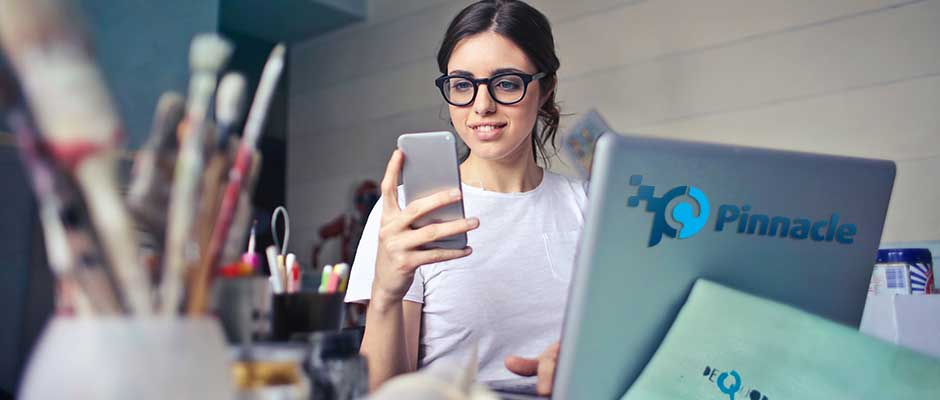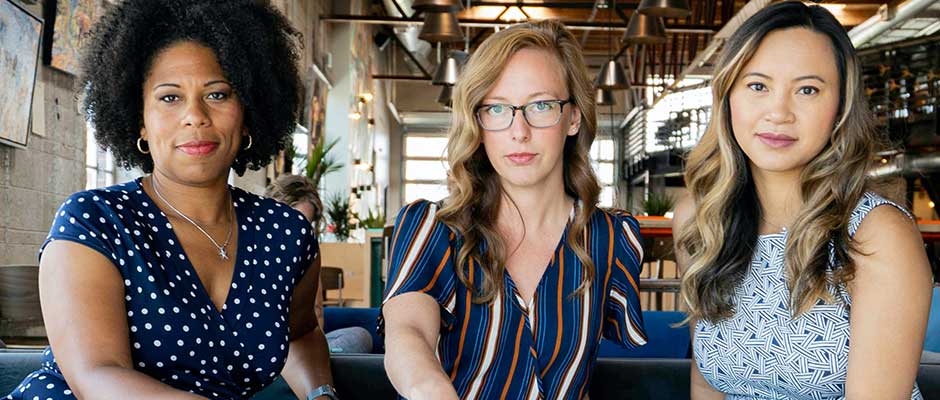
Technology Updates and Assistance
July 28, 2021
DNet Keeps it Simple
August 20, 2021Diversity, Equity, and Inclusion (also known as DEI) are starting to take over the conversation in the workplace. Employers across the business world are now taking steps towards increasing DEI in their workplaces to foster a more equitable work environment for their employees and customers/clients.
Businesses now need new ways to think about how to make this ideal work environment a reality, as the traditional pledge to always say “do better,” but then doing little about DEI is beginning to wear thin on employees who expect bold action from their leaders.
Below we discuss what really is diversity, equity, and inclusion in the workplace and give you 5 actionable steps that you can take to building this ideal workplace for your employees. DEI is something that is not easy to obtain, and when you get there, it takes real work to maintain it. Yet the commitment that you make to your employees speaks loudly about what your organization values in people.
What is Diversity?
Diversity can be defined as the presence of differences within a workplace. This can include differences in race, ethnicity, gender, gender identity, sexual orientation, age, socioeconomic class, and more. It could also refer to differences in physical ability, marital status, whether your employees have kids—all these differences are what make up a diverse workplace.
While we often think of differences as being physical and visible differences among employees, you will find that it is important to be mindful of the more invisible differences that people possess amongst themselves.
What is Equity?
Equity in the workplace is ensuring that every employee is guaranteed to get a fair and impartial deal. Every employee wants to get fairly compensated for their work, and you will be hard-pressed to find someone who enjoys being taken advantage of in the workplace.
Equity is also more than just ensuring that everyone has the same opportunities. Employers need to recognize barriers and advantages in the workplace to ensure the best possible outcomes for employees across the business. This is what differentiates “equity” from “equality.” Each employee’s needs in achieving their goals and their potential could be different so treating everyone the same ignores those individual needs.
What is Inclusion?
Inclusion happens in the workplace when people feel like they belong and are contributing to the goals of the business. This happens when employees feel like they are being supported by their work and can be their most authentic selves.
Employees should not have to go to work feeling like they have to change a part of their identity, and with inclusion, diversity cannot be maintained. By including marginalized workers in the organization’s conversation, they can focus on how they will impact their work rather than be worried about being the “diversity hire”.
5 Ways to Increase Diversity, Equity, and Inclusion in the Workplace
Knowing about what each of the words in DEI means and acting on them are two very different things and something that businesses often struggle with. Thankfully though, we have outlined 5 ways that you can begin to build a better workplace for your employees:
- Start a Conversation in your Workplace
Opening a dialogue on challenging issues like DEI in the workplace can seem difficult but understanding if your business leadership is equipped to have these conversations in the first place is a big first step. Making clear to your customers, employees, and informing both on where you stand with the issues is also important to get the conversation going. Some employees might not be ready or willing to talk about how they feel in the workplace, but management should be equipped to handle it if employees collectively say that discussion needs to happen about these issues. - Educate your Employees
DEI starts with your employees and how they interact with each other in the workplace. This is where educating your staff on DEI can have the biggest impact on your DEI strategy. Starting with your leadership team can be the instrumental move in your DEI efforts, as it is your leaders that interact with your employees daily. - Set DEI Goals for your Organization
By establishing clear and concrete diversity goals, as with any other strategic aim in your business, you can better position your organization to act on your DEI strategy. Start by conducting an audit on your companies’ culture to see where there could be potential diversity biases in your existing organizational structure. This can help you see where your business is falling short with DEI efforts and help create a benchmark to see how you can improve. - Listen to your Employees
Ultimately your inclusive efforts are decided by your employees and what they think of their workplace. By creating a line of dialogue directly with your employee you can begin to better understand where your current DEI is in your workplace and see what needs to be improved on. - Form an Inclusion Committee
Forming a DEI committee in your workplace of 6-8 leaders who help with goal setting, hiring, and addressing workplace diversity issues is a great step for DEI efforts. Have the committee meet quarterly to discuss inclusion efforts, address feedback, and deliver messages to the rest of your employees about DEI efforts. Inclusiveness should also not have to fall on the shoulders of the underrepresented groups of your workplace, try to find the people who are the most willing and able to bring about change in the workplace to staff the committee.
DEI seems like it should be simple to understand, but people often forget that we have just barely begun to take the first steps towards creating the ideal workplace. It will still be sometime before we start seeing the changes that DEI brings to the business world, but the best time to start these changes is today.
- Please take a moment to read this month’s Technology Updates and Assistance and Team Based Performance articles, these blog articles are a great source of information.
- Download this article for distribution and printing here. All our Blogs can be viewed here.


